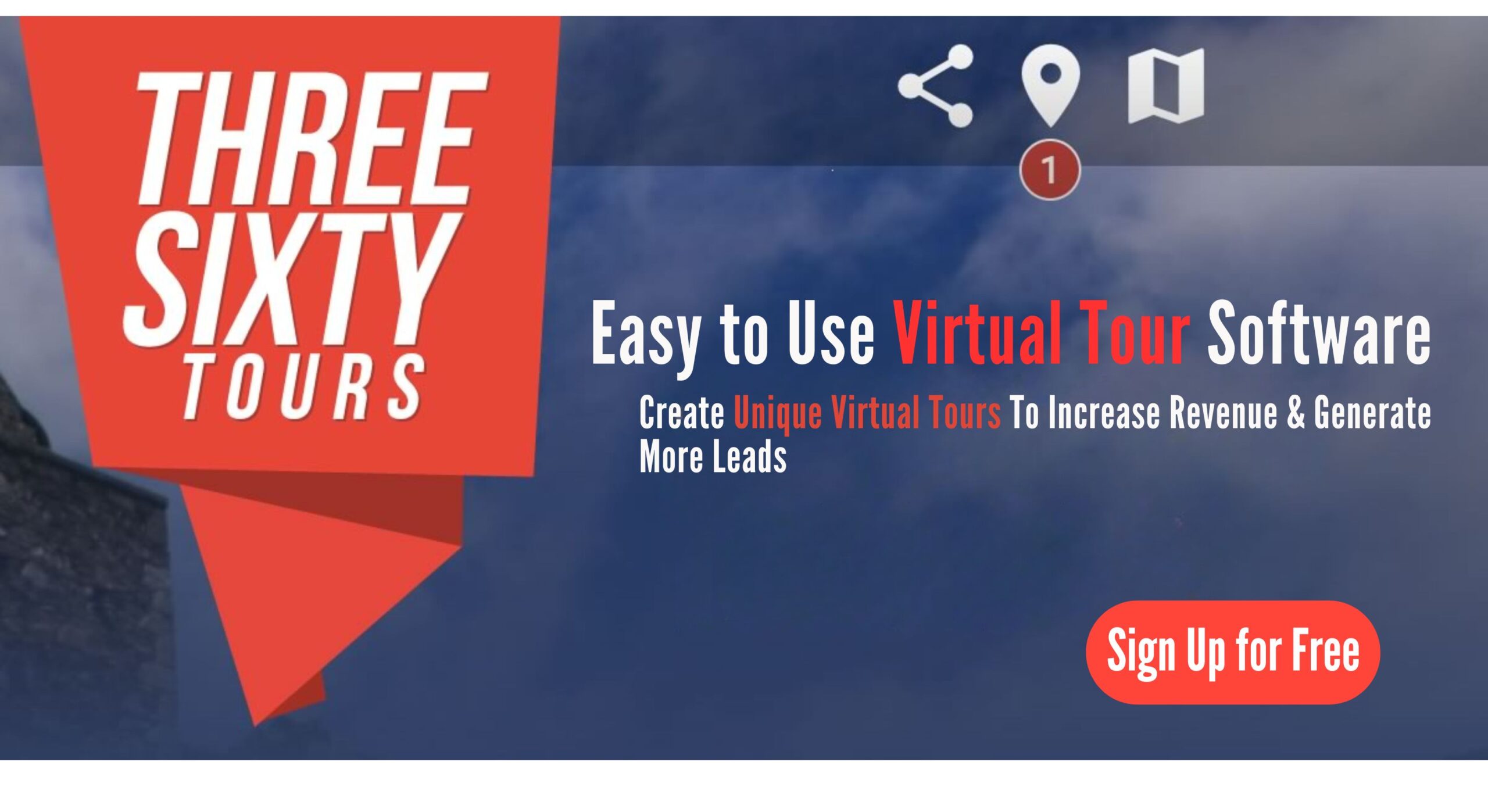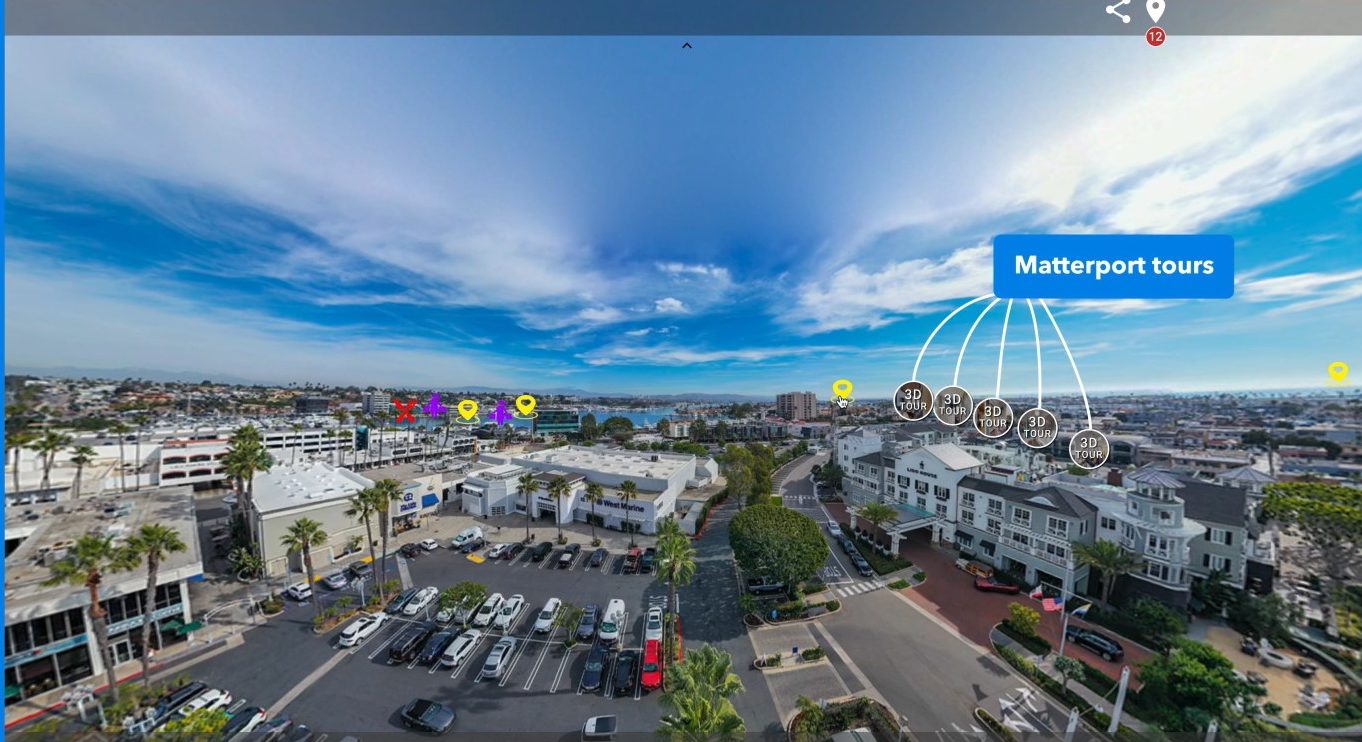real estate virtual reality tour
Real Estate Virtual Reality Tour: A Game-Changer for Property Showcasing
In today’s fast-paced real estate world, buyers and sellers are no longer limited by location or tight schedules. Thanks to virtual reality (VR), the way we explore properties has changed dramatically. Real estate virtual reality tours offer immersive, 360-degree walkthroughs that let buyers experience homes from anywhere in the world.
Whether you’re a real estate agent trying to stand out or a photographer looking to expand your services, understanding the power of VR tours is essential. In this guide, we’ll break down:
- What real estate VR tours are
- How they work
- Why platforms like www.threesixty.tours are leading the way in this digital shift
I. Introduction
A. What Is Virtual Reality (VR) in Real Estate?
Virtual reality in real estate uses immersive, computer-generated environments to showcase properties. These environments are built using 360-degree photography or 3D modeling. They can be viewed through VR headsets or web browsers.
Unlike regular photos or videos, VR tours let users “walk through” a property. They can look around in all directions and interact with different features. This makes the experience more engaging and realistic.
B. Why Virtual Tours Matter in Today’s Market
The real estate industry has changed dramatically in recent years. Digital tools are now essential for marketing and sales. The COVID-19 pandemic only sped things up, forcing many to rely on virtual solutions.
Even now, virtual tours remain a top choice for buyers and sellers. They’re:
- Convenient
- Time-saving
- Helpful for buyers to make better decisions without visiting in person
For agents, this means reaching more people and reducing the time a listing stays on the market.
C. Key Benefits of VR for Property Showcasing
VR tours offer a long list of benefits:
- They make listings more interactive and memorable.
- They help filter out less serious buyers, so only the most interested ones schedule in-person visits.
- VR tours are available 24/7. Whether someone’s browsing on a phone, laptop, or VR headset, they can explore a property anytime.
Platforms like www.threesixty.tours make it easy for agents and photographers to create these immersive experiences with simple tools and customization options.
II. The Evolution of Real Estate Tours
A. Traditional Property Tours: The Old Way
Before digital tools, real estate tours happened in person. While walking through a home gives a good feel for the space, it comes with several downsides:
- Scheduling conflicts
- Travel time
- Multiple appointments
All these factors made the process slow and inconvenient. Plus, static listing photos often didn’t tell the full story, leading to wasted visits.
B. The Rise of Digital Tours
Digital tours started with photo slideshows and video walkthroughs. These gave buyers a better sense of a property than still images. However, they were still limited:
- Buyers couldn’t control the pace or direction of the tour.
- They had to follow along passively, which didn’t offer the freedom they wanted.
Still, these early tools paved the way for better, more interactive solutions.
C. Virtual Reality: A Game-Changer
Then came virtual reality. With affordable 360-degree cameras and easy-to-use platforms like www.threesixty.tours, VR became accessible to everyone in the industry.
Now, buyers can explore homes as if they’re really there. They can:
- Move from room to room
- Zoom in on details
- Get a full sense of the layout
This is especially useful for remote or international buyers who can’t visit in person. Agents also benefit; VR helps pre-qualify leads by providing buyers a clear picture of the property upfront. Only serious prospects take the next step, saving everyone time.
The shift from traditional to virtual tours is part of a larger digital transformation in real estate. As buyer expectations grow, VR is no longer a luxury—it’s a must-have.
III. How Virtual Reality Tours Work
A. The Technology: Hardware and Software
Creating a VR tour starts with the right gear. A 360-degree camera—like the Ricoh Theta or Insta360—captures panoramic views of each room. These cameras shoot in all directions, creating a seamless image.
Next, the images are uploaded to a platform like www.threesixty.tours. The software stitches them together, adds navigation points, and builds an interactive tour. Users can view it on desktops, mobile devices, or VR headsets.
B. Step-by-Step: From Camera to Tour
- 360-Degree Photography: Photographers shoot each area of the property using a 360-degree camera. Good lighting and staging are key to capturing high-quality images.
- Adding Interactive Features: Once uploaded to Threesixty.tours, you can add clickable hotspots, info tags, and embedded videos or images. These guide viewers and highlight unique features.
- Branding and Customization: You can add your logo, brand colors, and contact info. This makes the tour look polished and professional while reinforcing your identity.
C. Popular Tools for Creating VR Tours
There are several tools out there, but Threesixty.tours stands out. It’s designed specifically for real estate pros and photographers. Features include:
- Drag-and-drop tour builder
- Custom floor plans and navigation
- Cloud hosting and easy sharing
- Compatibility with all devices and VR headsets
Even if you’re not tech-savvy, Threesixty.tours makes it simple to create high-quality virtual tours that impress clients and buyers alike.
IV. Benefits of VR Tours for Buyers
A. Convenience and Anytime Access
For buyers, the biggest perk is convenience. Whether moving across town or across the country, they can view multiple homes without leaving the couch.
VR tours are available 24/7 on any device. This means buyers can explore homes on their schedule, even late at night or during lunch breaks.
B. Better Visualization
Photos can be misleading. Even video tours are limited by the camera operator’s choices. VR tours put the buyer in control.
They can look around freely, check out every corner, and get a true sense of the space. This helps them make more confident decisions and reduces surprises later.
C. Saves Time and Speeds Up Decisions
VR tours help buyers quickly figure out if a property is worth seeing in person. This cuts down on unnecessary showings for both buyers and agents.
In hot markets, quick decisions are key. VR helps buyers act fast and make offers with confidence, even if they haven’t visited the home yet.
D. Ideal for Remote Buyers
If a buyer lives in another state or country, VR tours are a game-changer. They can explore properties without booking a flight or taking time off work.
This opens up opportunities for relocation, investment, and vacation home purchases. It’s real estate without borders.
V. Why Agents and Sellers Love VR Tours
A. More Engagement, More Inquiries
Listings with VR tours get more attention. Buyers spend more time exploring the property. This often leads to more inquiries and faster sales.
Interactive tours stand out in a crowded market and keep buyers interested longer than traditional photos or videos.
B. Reach a Wider Audience
VR tours break down geographic barriers. Agents can market homes to out-of-town or international buyers with ease.
This is especially useful for high-end or vacation properties, where buyers may not be local. A wider reach means more potential offers.
C. Stand Out in a Competitive Market
With so many listings out there, it’s tough to stand out. Offering a VR tour shows that you’re using the latest tools to market your listings.
It also shows sellers that you’re serious about getting their property sold. Platforms like www.threesixty.tours make it easy to add VR tours to your marketing mix—on MLS listings, websites, social media, and more.
D. Saves Time and Filters Leads
By giving buyers a full preview upfront, VR tours help filter out those who aren’t truly interested. This saves time for agents and sellers alike.
Only serious buyers will request a showing, making the sales process smoother and more efficient.
E. Cost-Effective Marketing
While VR may sound high-tech, it’s surprisingly affordable. With tools like Threesixty.tours and a basic 360 camera, you can create stunning tours without breaking the bank.
It’s a smart investment that pays off in faster sales, better offers, and happier clients.
VI. Conclusion
A. The Impact of VR on Real Estate
Virtual reality has completely changed how we buy and sell homes. It offers a more immersive, convenient, and informed way to explore properties.
For buyers, it means more confidence and less hassle. For agents and sellers, it means more exposure and faster results.
B. What’s Next for VR in Real Estate?
As tech keeps evolving, VR will only get better. Expect to see more AI integration, virtual staging, and customization options.
According to a report from the National Association of Realtors, 73% of homebuyers say they’re more likely to work with agents who offer virtual tours. This trend is only growing.
C. Time to Embrace the Future
If you’re an agent or photographer, now’s the time to get on board. Platforms like www.threesixty.tours make it easy to create engaging, professional virtual tours that wow clients and close deals.
Don’t get left behind. Bring your listings to life and give buyers an experience they won’t forget. Start creating your own virtual tours today at www.threesixty.tours.
For more insights on how VR is shaping the real estate industry, check out this in-depth article by Forbes on the future of virtual home buying.
By adopting VR now, you’re not just keeping up—you’re setting the pace for the future of real estate.


